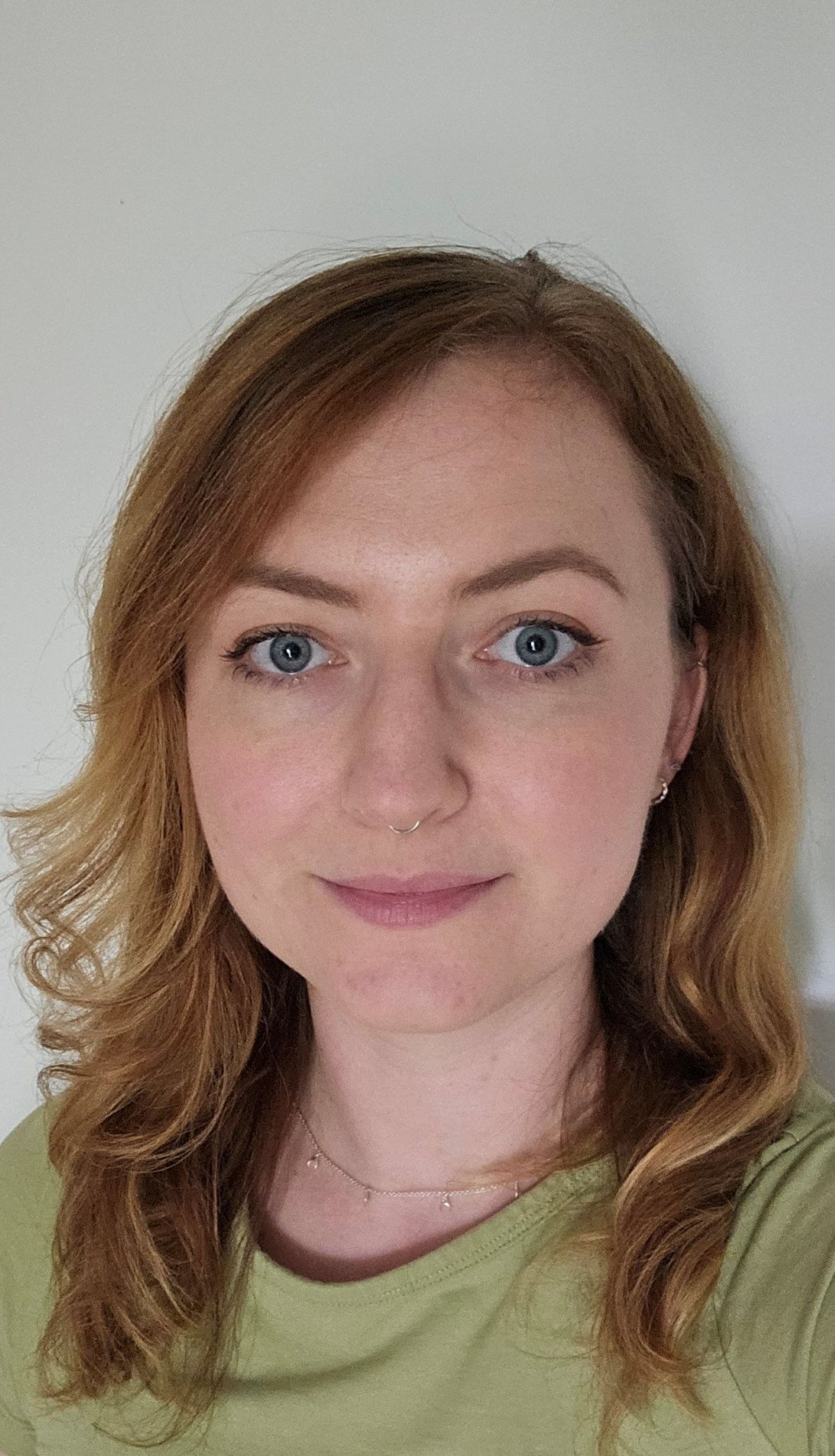Seasonal Affective Disorder (SAD) is a form of depression that occurs at specific times of the year, most commonly during the fall and winter months when daylight hours are shorter.
People with SAD experience mood shifts and symptoms similar to depression – such as persistent sadness, low energy, changes in appetite, and sleep problems – but these symptoms tend to occur around the same season each year and then improve as seasons change.

In rare cases, individuals can have a spring/summer pattern of SAD (sometimes called “summer depression”), though winter-onset SAD is far more common.
It’s estimated that about 5% of the U.S. population and roughly 3% of the U.K. population experience SAD, with women around four times more likely than men to be affected.
Note: This article is for informational and educational purposes only and is not a substitute for professional medical advice, diagnosis, or treatment. Always seek the advice of a qualified health provider with any questions about your mental health.
Signs of SAD
Because SAD is essentially a type of depression with a seasonal pattern, its symptoms mirror those of major depressive disorder, occurring cyclically during a particular season.
Common signs and symptoms may include:
- Feeling depressed or sad most of the day, almost every day during the episode
- Low energy, fatigue, or feeling “sluggish” and unmotivated
- Sleeping much more than usual (oversleeping) and struggling to get up in the morning
- Changes in appetite (often craving carbohydrates) and weight gain
- Loss of interest in activities you usually enjoy (including socializing; reduced libido is also common)
- Feelings of hopelessness or worthlessness
- Irritability, or feeling anxious and agitated
- Difficulty concentrating or making decisions
- In severe cases, frequent thoughts of death or suicide (if you experience these, seek help immediately)
Not everyone with SAD experiences all these symptoms, and the severity can range from mild “winter blues” to more debilitating depression.
Winter-pattern SAD may more often involve oversleeping, overeating, and low energy, whereas someone with summer-pattern SAD might have more insomnia, reduced appetite, and weight loss.
If SAD is left unmanaged, individuals might withdraw from friends and family – losing important social support – or turn to alcohol or other substances to cope, which can worsen their condition.
In the most serious cases, untreated SAD can lead to suicidal thoughts or self-harming behaviors.
Personal experiences of SAD
Individuals who experience SAD speak of feeling sad, hopeless, or even in despair for months on end. One woman shared that as autumn turns to winter, “a veil of darkness sits heavily over me until spring”, describing a heavy, depressive shroud that won’t lift.
Experts note that “The winter version of SAD is often compared to hibernation. People lack energy, sleep more than usual, crave sweets and starchy food, and gain weight. They may withdraw socially and have a hard time concentrating.”
Because of these symptoms, daily life with SAD can feel like walking through molasses. One person lamented, “I just can’t stay awake and the thought of having to go out, stay awake, make conversation… I just can’t do it.”
When energy and mood are low, people tend to withdraw from others. A normally outgoing person might suddenly cancel plans, avoid gatherings, or become irritable with loved ones. “If SAD could be reduced to some simple math equation it would look something like social life + winter = impossible” one person shared.
There is often anticipatory anxiety – even during summer or good periods – about the return of dark days. “I find myself dreading the change in seasons and the return of SAD even when I’m doing well,” one sufferer shared, highlighting how the cycle looms over the whole year.
What Causes SAD?
The precise cause of SAD is not fully understood, but it is closely tied to the seasonal reduction in sunlight.
One major factor is a disruption of the body’s circadian rhythm (internal biological clock) due to the late sunrise and early sunset in winter.
With less sunlight to regulate our waking and sleeping, the brain’s schedule shifts, which can trigger feelings of lethargy and depression.
Reduced light exposure is also believed to cause an imbalance in brain chemicals. In particular, serotonin, a neurotransmitter that affects mood, may be produced in lower quantities during darker months, contributing to depression.
Meanwhile, levels of melatonin, a sleep-related hormone, can increase when days are darker, leading to excessive fatigue and oversleeping.
What are the risk factors?
Beyond these biological mechanisms, certain risk factors make a person more susceptible to SAD:
- People living in high latitudes (farther from the equator) are at greater risk, presumably because they experience much shorter, darker days in winter.
- Having a close relative with depression or having another mood disorder (like major depression or bipolar disorder) yourself can also increase risk.
- Women are about four times more likely to develop SAD than men.
- Some research suggests personality plays a role – a 2014 study found that individuals with high levels of neuroticism were more likely to develop SAD (Oginska & Oginska-Bruchal, 2014).
Treatments and Self-Help Approaches (Informational Only)
Managing Seasonal Affective Disorder (SAD) often involves a combination of professional treatments and self-help strategies. The following approaches are introduced neutrally for information purposes (always consult a healthcare provider before deciding on any treatment):
Light Therapy
Light therapy involves sitting near a special light box that mimics outdoor light. This exposure can be done for about 20-30 minutes each day and is thought to cause a chemical change in the brain that lifts mood and may improve SAD symptoms within a week or two of regular use.
It is generally considered low-risk and is a first-line treatment for SAD. However, consultation is essential – experts advise speaking with a healthcare provider before starting light therapy, especially for individuals with conditions like bipolar disorder (risk of triggering mania) or eye problems.
“For both seasonal and nonseasonal depression, the effectiveness of light therapy is approximately the same as antidepressant medications or popular forms of psychotherapy such as cognitive behavioral therapy,”
Dr. Richard S. Schwartz of Harvard Medical School.

Medication (SSRIs)
Antidepressant medications are another common treatment, particularly for more severe SAD.
Selective serotonin reuptake inhibitors (SSRIs) are often used – they work by increasing serotonin levels in the brain to help improve mood.
Doctors sometimes recommend starting an SSRI in early fall before symptoms begin and continuing it through spring.
It’s important to note that antidepressants can take several weeks (often 4–6 weeks) to reach full effect, and they should be taken as prescribed under medical supervision.
Like any medication, SSRIs may have side effects, so a healthcare professional will weigh the potential benefits and risks for each individual. (No specific medication is universally “best” for SAD – treatment is tailored to the person.)
Psychotherapy
Talk therapy, especially Cognitive Behavioral Therapy (CBT), is a widely used non-medical approach.
CBT helps individuals identify and adjust unhelpful thought patterns and behaviors that contribute to depression.
Mental health professionals might use CBT to equip someone with SAD to better cope with winter’s challenges – for example, by reframing unhelpful thoughts about the darker months and encouraging healthy activities.
Research has shown that CBT can effectively treat SAD. In fact, some studies suggest CBT may have longer-lasting benefits than light therapy alone: one study found a significantly lower rate of winter depression recurrence in people who had CBT tailored for SAD, compared to those who relied on light therapy without therapy.
As SAD researcher Dr. Kelly Rohan explains, CBT is more of a preventive treatment – “Once SAD sufferers learn its basic skills it has enduring impact, giving the person a sense of control over their symptoms”.
Professional therapy may be used on its own or in combination with light therapy and/or medication, depending on individual needs.
Lifestyle and Self-Care (General Information)
In addition to professional care, certain lifestyle changes may support your well-being during the fall and winter months. These self-help approaches are general measures that many experts recommend:
- Maximize exposure to natural daylight: Try to get as much sunlight as possible. For example, a brief walk outside at lunchtime or sitting near a window during the day can be beneficial for mood. Sunlight helps realign your body’s internal clock (circadian rhythm) and can reduce the excess melatonin that contributes to SAD fatigue. Even on cloudy days, getting outdoors provides more light than indoor lighting.
- Regular physical exercise: Staying physically active may boost your mood and energy level. Exercise releases endorphins and can alleviate depressive feelings. Experts advise regular exercise, especially outdoors if feasible, to help combat SAD symptoms. Even moderate activities like walking, cycling, or yoga can make a difference in improving sleep and reducing stress.
- Maintaining routines: Keeping a structured daily routine – including consistent sleep and wake times, meal times, and activities – is helpful for SAD. A stable routine helps regulate your circadian rhythm, which in turn can stabilize your mood. For instance, sticking to a normal sleep schedule (avoiding oversleeping or staying up too late) may lessen the disruptions in energy and mood that SAD causes. Maintaining routine gives a sense of normalcy and control during a season that might otherwise feel disorienting.
- Social support and activities: Staying connected with others is important. Make an effort to engage in social activities and seek support from friends or family. Let your loved ones know about SAD and how your mood changes in winter – this may help them support you more effectively. Joining group activities, clubs, or even volunteering can provide structure and positive interactions. Strong social support can reduce isolation and lift your spirits during the darker months.
Discuss these options with a healthcare professional to determine suitability.
Do you need mental health help?
USA
Contact the National Suicide Prevention Lifeline for support and assistance from a trained counselor. If you or a loved one are in immediate danger: https://suicidepreventionlifeline.org/
1-800-273-8255
UK
Contact the Samaritans for support and assistance from a trained counselor: https://www.samaritans.org/; email jo@samaritans.org .
Available 24 hours a day, 365 days a year (this number is FREE to call):
116-123
Rethink Mental Illness: rethink.org
0300 5000 927
Further Reading
- Depression: How effective are antidepressants? Institute for Quality and Efficiency in Health Care, National Center for Biotechnology Information, U.S. National Library of Medicine. January 12, 2017.
- Gupta, A., Sharma, P. K., Garg, V. K., Singh, A. K., & Mondal, S. C. (2013). Role of serotonin in seasonal affective disorder. Eur Rev Med Pharmacol Sci, 17(1), 49-55.
- Levitt, A. J., & Lam, R. W. (Eds.). (1999). Canadian consensus guidelines for the treatment of seasonal affective disorder. Clinical & Academic Pub.
- Eastman, C. I., Young, M. A., Fogg, L. F., Liu, L., & Meaden, P. M. (1998). Bright light treatment of winter depression: a placebo-controlled trial. Archives of General Psychiatry, 55(10), 883-889.
References
Saeed, S. A., & Bruce, T. J. (1998). Seasonal affective disorders. American Family Physician, 57(6), 1340.
Magnusson, A., & Boivin, D. (2003). Seasonal affective disorder: an overview. Chronobiology International, 20(2), 189-207.
Oginska, H., & Oginska-Bruchal, K. (2014). Chronotype and personality factors of predisposition to seasonal affective disorder. Chronobiology International, 31(4), 523-531.
Westrin, Å., & Lam, R. W. (2007). Seasonal affective disorder: a clinical update. Annals of Clinical Psychiatry, 19(4), 239-246.


